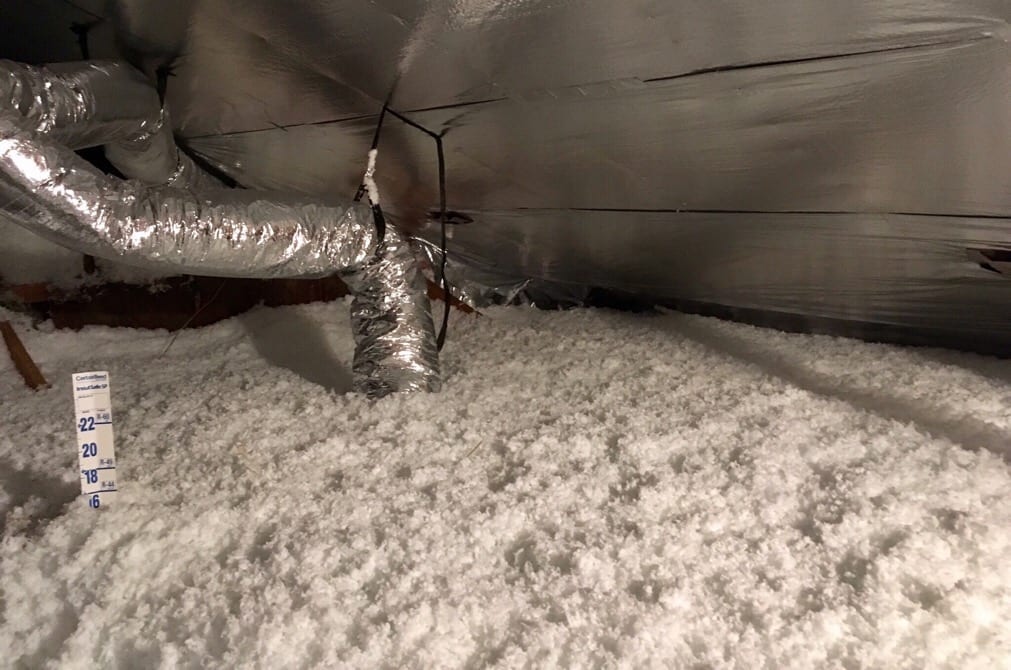Dallas: (972) 548-0088
What Do Insulation R-Values Mean?

Estimated reading time: 2 minutes
What is an R-value?
We get this question a lot. “What is an R-value? What does the ‘R’ mean?”
It all has to do with the depth of your insulation. Simply put, the R-value of insulation is its heat resistance, either escaping your house or coming into it. The higher the R-value, the more resistance to heat your insulation has.
How much insulation does my home need?
The greater the R-value of the insulation in your home, the more energy efficient your house can be. This goes for the insulation in your walls, attic, and sometimes even underneath your house and around pipes. There are specific R-value standards your house has to meet to be up to code and to be up to EnergyStar standards.
For the last several years, the R-value for a new home has been R-30. Depending on the type of material, R-30 insulation might be 10 inches thick for a specific type of fiberglass or 12 inches thick for cellulose insulation. R-30 was the code for a long time, but the Department of Energy recently changed the code so that the standard is now R-38.
We’ve always sold insulation to R-38 standards. That’s always been our EnergyStar package level. The material we use is usually about 14 inches of insulation. If you were to build a new house today, you would be required to have R-38, or about 14 inches, of insulation in the attic. It’s typically R-13 or R-19 on the exterior walls.
Why Consistency is Key
But if you’ve seen some of our other posts, you’ll know that we believe that consistency of insulation is more important than depth of insulation! Suppose you have R-13, but it’s consistent across the attic, in our opinion. That performs better than R-30 in one spot and thinner insulation in another, leaving you with inconsistent R values.
So remember, the R-value is all about heat resistance. You want a very consistent level. You might have a different requirement depending on where you live and what the codes are. We can assess your current R-value, get your current insulation leveled out, and put a layer on top to give you good, consistent insulation!
